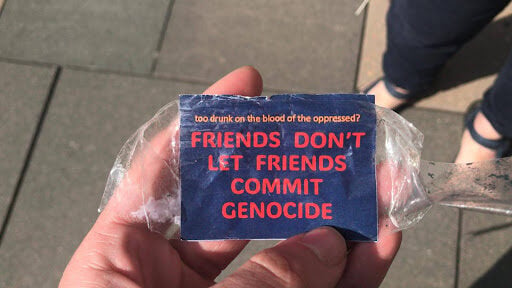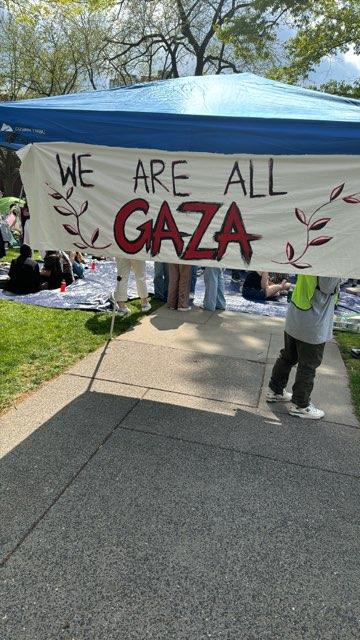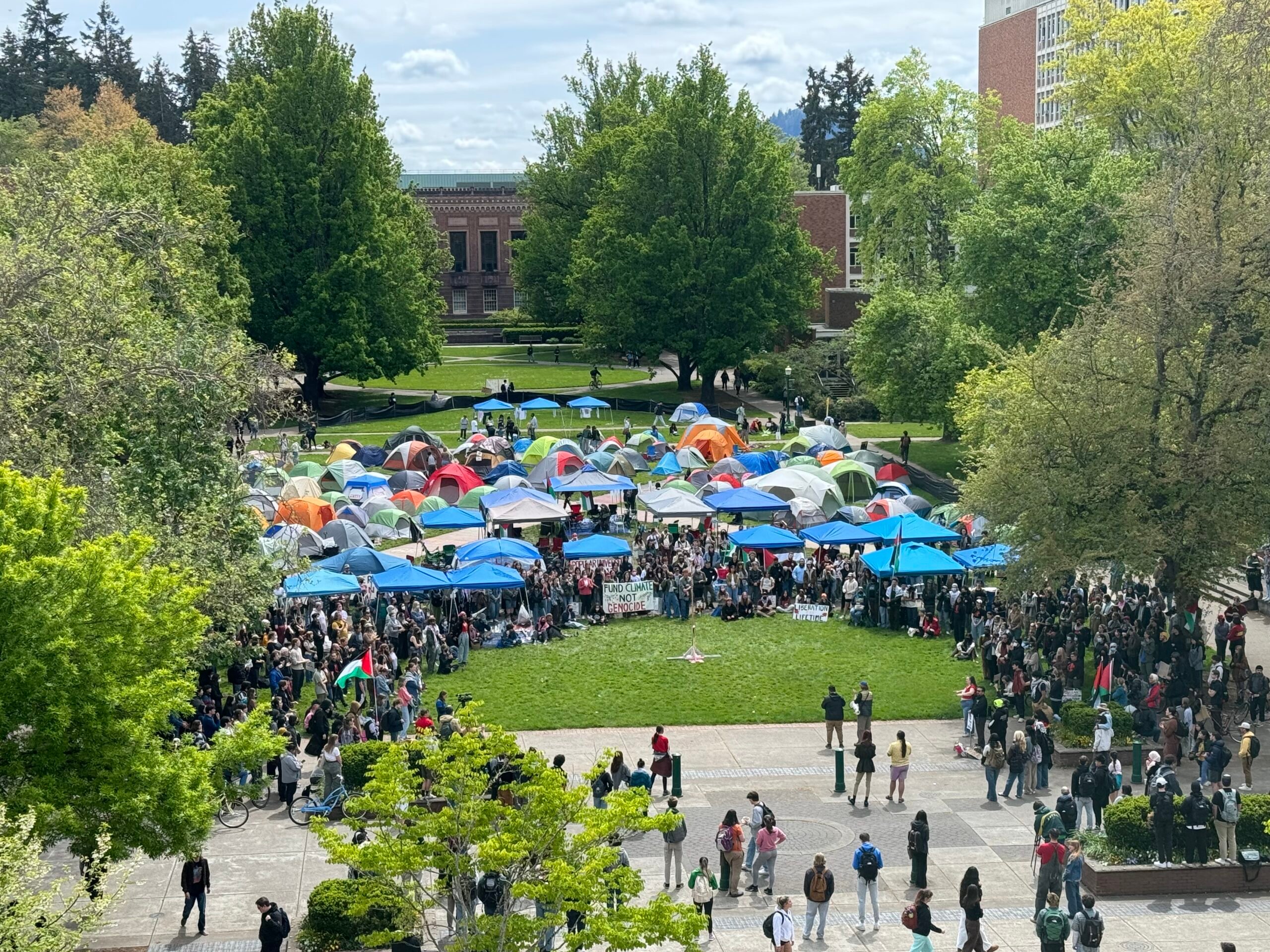When war started in 1939, the European yeshivos were in a quandary. Should they move? Disband? The last Yom Tov of the Mir Yeshiva in Poland was Simchas Torah. They enjoyed spirited dancing for hours, just like every year. But one particular song that year caught the hearts of the talmidim. Over and over they sang, “Utzu eitzah v’sufar—The nations plot, but Hashem negates their plots—dabberu davar v’lo yakum—they speak of plans, but they will not be successful—ki imanu Keil—because Hashem is with us.”
In October 1939, a week after Sukkos, the Mir Yeshiva was informed of the imminent arrival of Soviet troops. They knew the yeshiva was in trouble, so on the second of Cheshvan, the entire Mir Yeshiva left in the middle of the night. This was step one of their miraculous escape: first to Vilna, and then across all of Russia to Kobe, Japan—and finally to Shanghai, where they remained until the end of the war. Two weeks after the Mir talmidim left, the entire remaining Jewish population of Mir was decimated. Rav Chatzkel Levenstein, the yeshiva’s mashgiach, said the miraculous escape of the yeshiva was in the merit of the talmidim’s singing on Simchas Torah, most notably “Utzu eitzah,” which broke through the heavens and awakened the compassion of Hashem to save the entire yeshiva.
What was so powerful about that singing? The tefillos on Simchas Torah have an incredible effect. The Zohar says that whatever we ask from Hashem on Shemini Atzeres is granted. (As we know, Shemini Atzeres and Simchas Torah are combined on the same day in Eretz Yisrael and are separate days outside of Eretz Yisrael.) Rav Simcha Bunim of Peshischa said the prayers of Shemini Atzeres bring to Hashem’s attention all the prayers of the entire year, even those which were davened without the advantage of a minyan. Further, Rav Shimshon Pincus explains that the songs and dancing during the hakafos have an extremely powerful effect on their own.
Rav Chaim Palagi emphasizes the care and focus we should have in our Shemini Atzeres prayers, as they are the completion of all the prayers to Hashem during the Yomim Noraim. These prayers are the culmination; they bring all the other prayers along! It’s also the most propitious time to daven, since Hashem specifically wants to hear our prayers and requests on that day.
Halachic authorities question how, hundreds of years ago, the rabbis could choose Shemini Atzeres as the day on which to institute the dancing and hakafos celebrating Simchas Torah. Don’t we have a rule: “Ein m’arvin simcha b’simcha—one must not double up on simchas”!?
Rav Shlomo Zalman Auerbach says it’s because Shemini Atzeres serves as the culmination of the Yomim Noraim in the following sense: We have just been cleansed and purified and Hashem is very close. Unlike the other holidays, there is no specific mitzvah which relates to Shemini Atzeres/Simchas Torah. The real mitzvah on Shemini Atzeres is to be b’simcha (joyful) with Hashem. And the best way to do that is by being one with Hashem’s Torah. Indeed, the Zohar says that klal Yisrael, Hashem and His Torah are … one!
Similarly, Rav Yerucham Olshin quotes the Mabit, who says that achieving teshuva means becoming close to Hashem, after having distanced oneself via sin. From Rosh Hashanah through Yom Kippur, we become amazingly close to Hashem through our special davening, through our focus on Hashem as our King and through doing teshuva. On Sukkos we sit outside under the protection of Hashem and, on Hoshana Rabba we are granted forgiveness for aveiros (sins) that even Yom Kippur could not forgive. It’s not surprising that in this heightened state, Hashem wants to listen to us on the closing day of Shemini Atzeres.
On Sukkos in the Beis Hamikdash, 70 bull offerings were offered on behalf of the other nations of the world. But on Shemini Atzeres, only one bull offering was offered on behalf of Bnei Yisrael. Rashi explains this is why the Yom Tov is called Atzeres—holding back. Rashi gives the parable of a king who makes a feast for all his country, and when everyone is heading home he tells his very close friend, “I want you to stay for another day, so we can have private time together.” On Shemini Atzeres, Hashem has private time with klal Yisrael. This is why the prayers have such a powerful effect. It’s like having a private audience with the king; we have his full attention. At such a special time, we can request whatever we want and Hashem desires to grant our requests.
Let’s take advantage of the prayers of Shemini Atzeres—as well as the special dancing and singing on Simchas Torah—for they too are an effective expression of tefillah.
Rabbi Baruch Bodenheim is the associate rosh yeshiva of Passaic Torah Institute (PTI)/Yeshiva Ner Boruch, where he leads a multi-level Gemara-learning program. PTI has attracted adult Jews of all ages from all over northern New Jersey for its learning programs. Fees are not charged but any contributions are always welcome. Beyond PTI, Rabbi Bodenheim conducts a weekly beis midrash program with chavrusa learning in Livingston plus a monthly group in West Caldwell. Rabbi Bodenheim can be reached at [email protected]. For more info about PTI and its Torah classes, visit www.pti.shulcloud.com.












